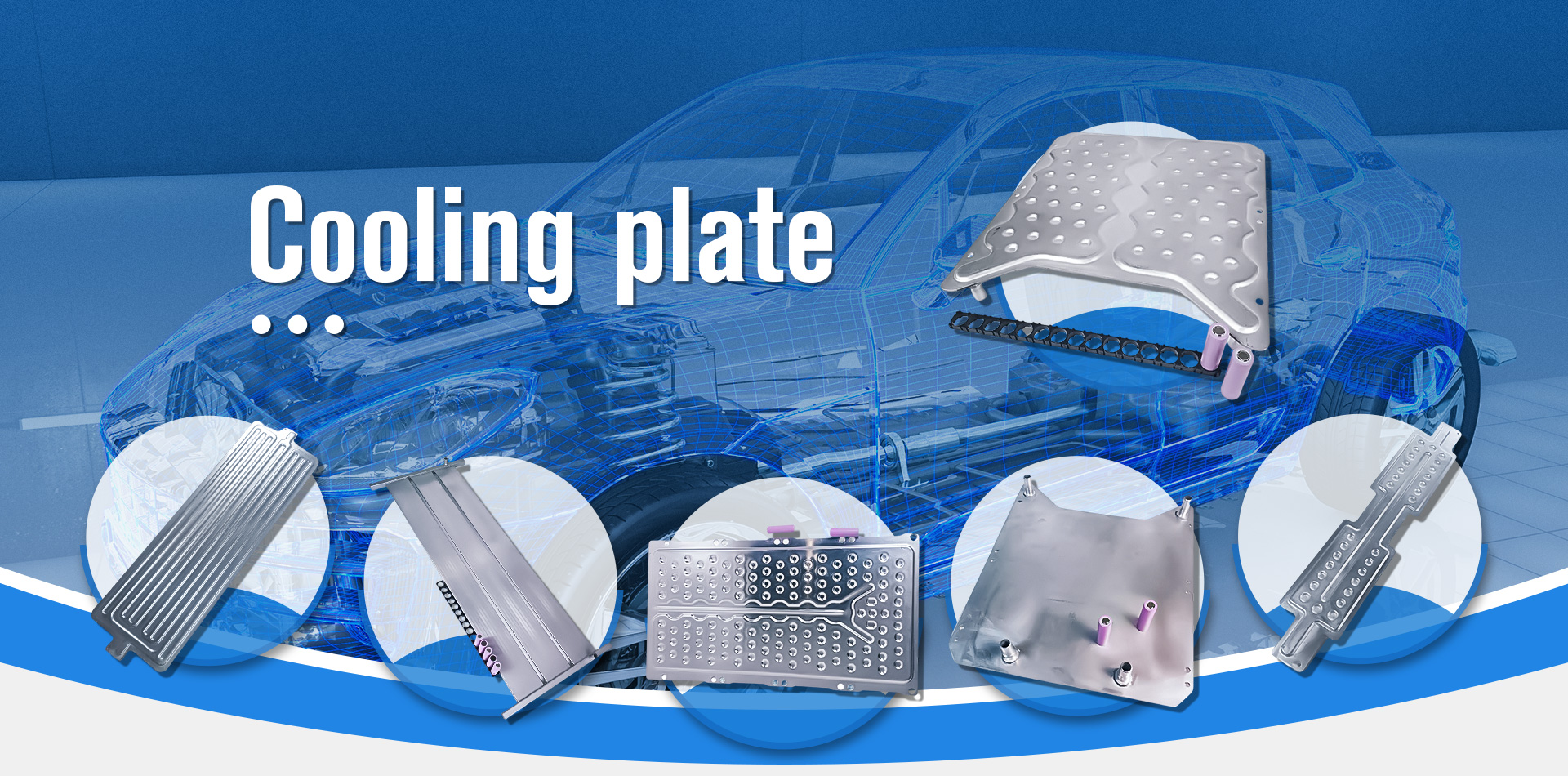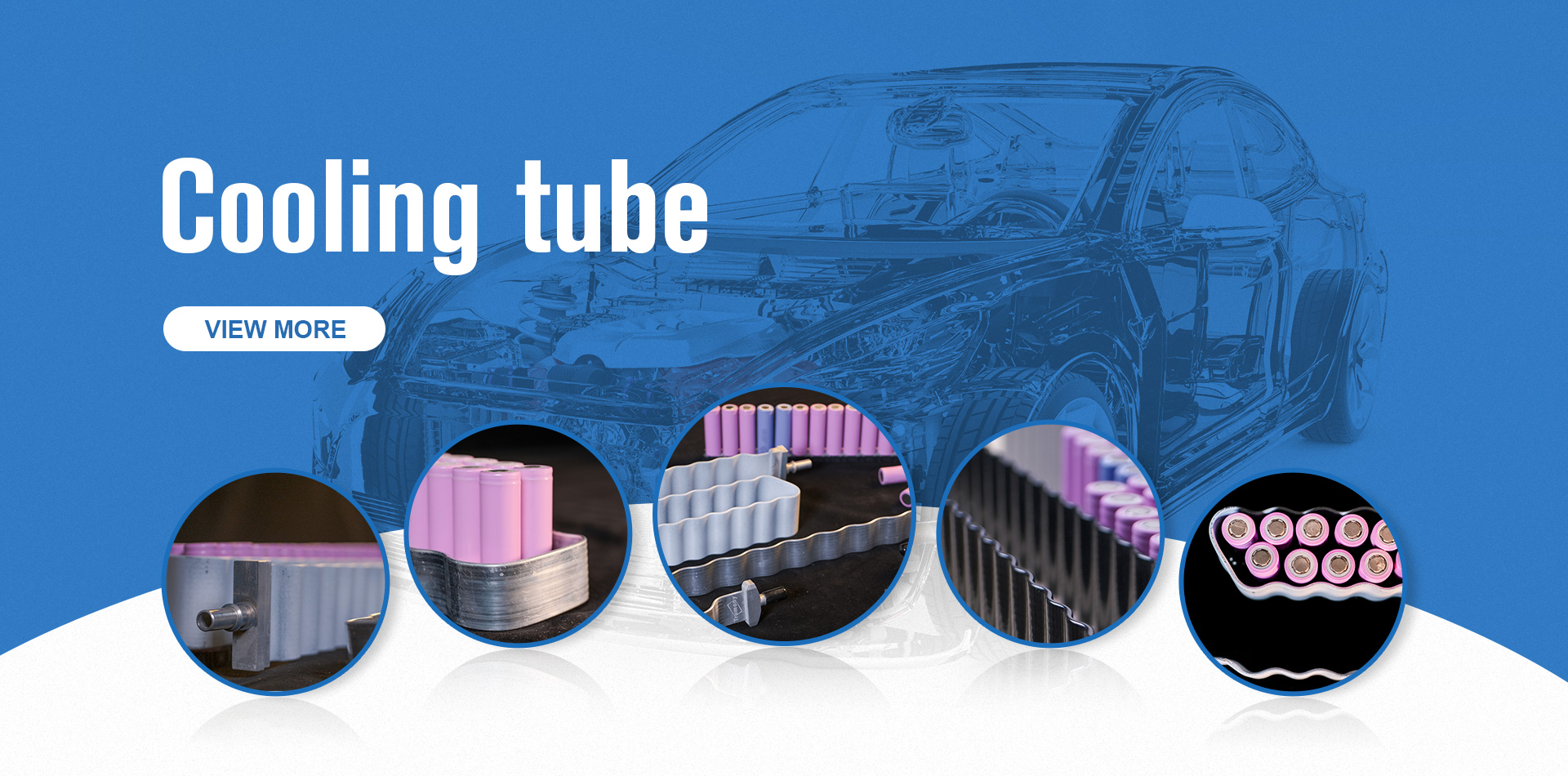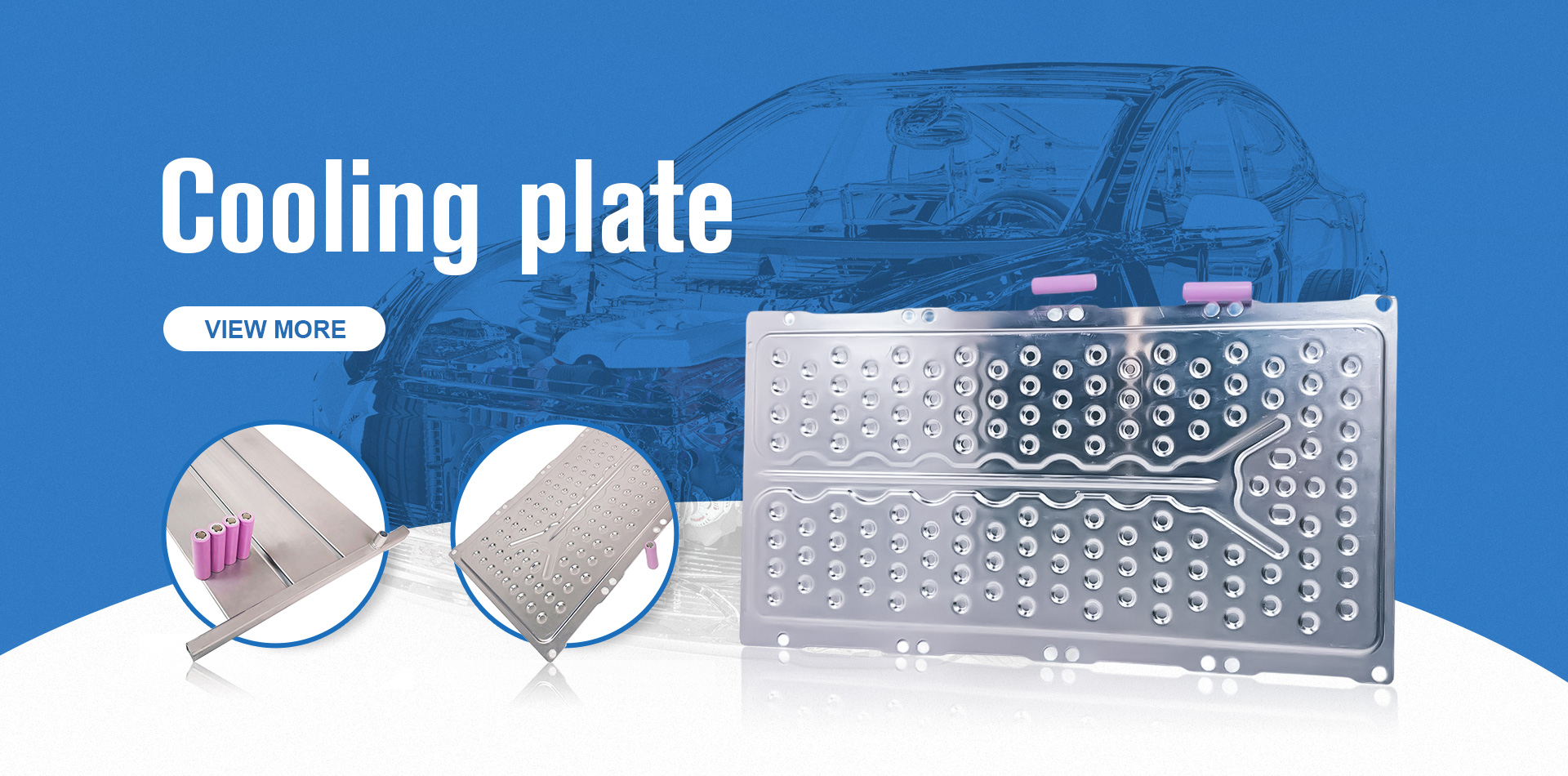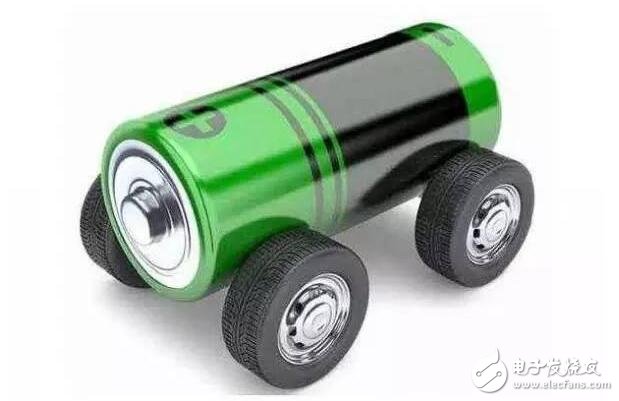New battery technology: 500Kg battery allows electric vehicle battery life 550 km
New Research Institute of Shenzhen Institute of Advanced Technology, Chinese Academy of Sciences Tang Yongbing and his research team The latest high energy density aluminum - graphite double ion battery technology, recently published in the "advanced energy materials" of the top international energy materials magazine, was also published by German Science Network " Wissenschaft aktuell "invitation coverage, widely concerned by the industry. If this technology is industrialized, it will have a significant impact on the existing pattern of lithium industry.
"The discovery was surprising. It was a never-before-reported new battery technology." The editors, passing the evaluation of the anonymous reviewer to Don Tong Ping when notifying the research results were accepted by the journal,
At present, the main energy conversion and storage devices in the fields of portable electronic devices, electric vehicles and renewable energy systems are lithium ion batteries. However, the commercial lithium ion batteries have low energy density and high manufacturing cost, and the electrode material of the traditional lithium ion battery Containing toxic metals, battery disposal can cause serious environmental problems. In particular, the current demand for power battery industry for new energy vehicles is booming. However, power battery technology remains a gulf ahead of the development of new energy vehicles. Whether lithium-ion battery-powered electric vehicles, or fuel cell-powered electric vehicles, there are the challenges of cost and mileage.
And Tang Yongbing team found that the new high-energy density aluminum - graphite dual-ion battery, is a new high-performance, low-cost energy storage battery.
This new type of battery to the traditional lithium-ion battery anode and cathode have been adjusted with cheap and easy to replace the graphite has been used in batches of lithium-ion batteries currently used lithium cobalt oxide, lithium manganese oxide, ternary or lithium iron phosphate as a battery Of the cathode material; the use of aluminum foil as the battery cathode material and negative current collector; electrolyte by the conventional lithium salt and carbonate organic solvent composition. The working principle of the battery is different from that of the traditional lithium ion battery: in the charging process, the anion graphite intercalation reaction occurs in the positive electrode graphite, and the aluminum negative electrode undergoes the alloying reaction of aluminum and lithium, and the discharge process is opposite. This new reaction mechanism not only significantly improves the operating voltage of the battery (3.8-4.6V), while significantly reducing battery quality, size, and manufacturing costs, thereby enhancing the overall battery energy density.
If this kind of technology is industrialized, the future handset may be half thinner than it is now. At the same time, our smart phone no longer needs to charge one day a day, and it solves the key problems of the high cost of the electric vehicle battery and the short mileage. However, the current battery technology needs to be optimized, such as the need to further improve the battery cycle stability.
In recent years, with the support of policies, new energy vehicles have swept the world, and the upstream industry has also welcomed the outbreak with many favorable conditions. The leading global battery manufacturers have set up factories in China. Although the new energy vehicle market continues to drive the battery industry, both the purely electric and hydrogen-fueled fuel cells currently have the technical cost and endurance challenges. At present, the global demand for lithium battery is growing at a rate of 7.7% per annum. Its market will reach 120 billion U.S. dollars by 2019 (according to the Freund's Group Market Survey).
According to the statutory vehicle motor vehicle certification, in December 2015, China produced 99,800 new energy vehicles, an increase of 3 times. Ministry of Industry and Miao Wei Miao Wei proposed at this year's two sessions, the new energy vehicles from the cultivation period in 2009, and now has begun to grow into. More than 300,000 production and sales in 2015, showing a rapid growth trend over the previous year.
Miao Wei believes that the current development of new energy vehicles meet two bottlenecks, one product side, to focus on the capture of battery power as the representative of the product performance, reliability, life mileage and life problems; the second is the application of the terminal Charging facilities construction, need to be improved. Miao Wei said the MIIT has made some arrangements for both aspects and the local government has also taken a positive role in ensuring that new energy vehicles can further develop.
At present, the government's support for NEVs mainly focuses on the backend of marketing, with relatively little investment in the R & D front-end. This "imbalance" can cause a very large lag effect, which is why current battery technologies can not keep up The main reason for the increase in sales volume. The new battery technology, such as the realization of industrialization, is expected to change the current pattern of lithium industry.
Preliminary estimates, 500Kg (kg) of aluminum - graphite battery life of up to about 550 km. Compared with the traditional lithium battery technology, this battery has obvious advantages, not only reduce production costs by about 40% -50%, while increasing the energy density of at least 1.3-2.0 times.
Auteur:
Ms. Tracy
Phone/WhatsApp:
+86 13584862808
E-mail naar dit bedrijf
Auteur:
Ms. Tracy
Phone/WhatsApp:
+86 13584862808













